Decentralized finance (DeFi), one of the most important trends in blockchain, holds more than $80 billion in value and is locked in top 125 DeFi applications.
Kava (KAVA) is one such DeFi project driving the industry’s growth and expansion.
Kava allows you to loan and borrow cryptocurrencies directly from your computer without any intermediaries, such as financial institutions. Kava’s innovative technology and simple use cases make it a vital project in the growing market for DeFi products and services.
Continue reading to find out more about Kava Project. Kava: How do I buy it (KAVA?In just a few easy steps
Let’s get started!
What Is Kava (KAVA),
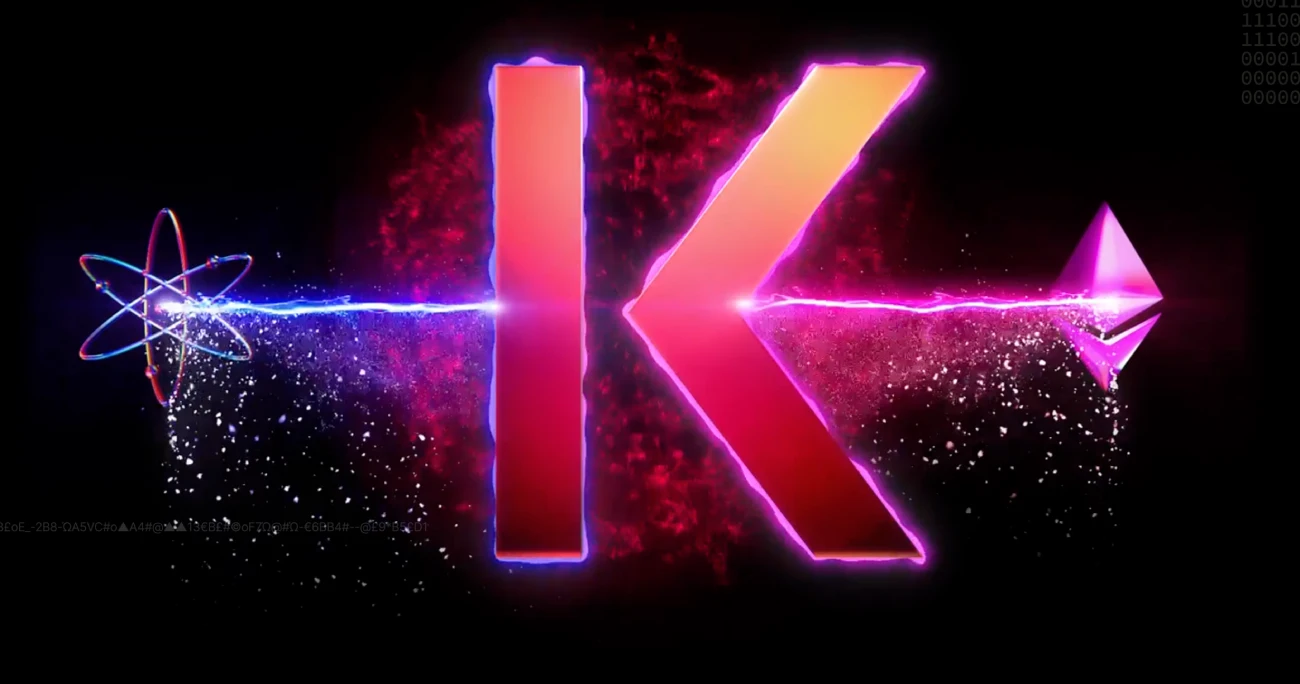
Kava is a cross-chain DeFi lending platform that allows users to borrow Kava’s crypto-backed USDX stablecoin by depositing cryptocurrencies to start earning rewards.
Kava DeFi Hub acts as an online bank to digital assets. It gives users access to various financial services. This includes its USDX stablecoin USDX and synthetics as well derivatives. Kava allows users to borrow USDX tokens by providing collateral. This can help them leverage their exposure in crypto-assets.
Kava was built using the Cosmos Blockchain. The Kava liquidator module uses a collateralized loan position (CDP), to make sure that stablecoin loans remain adequately secured. Kava liquidator modules will take collateral from failed CDPs to sell them through an auction module if borrowers do not keep their collateral at a specified level.
How does Kava work?
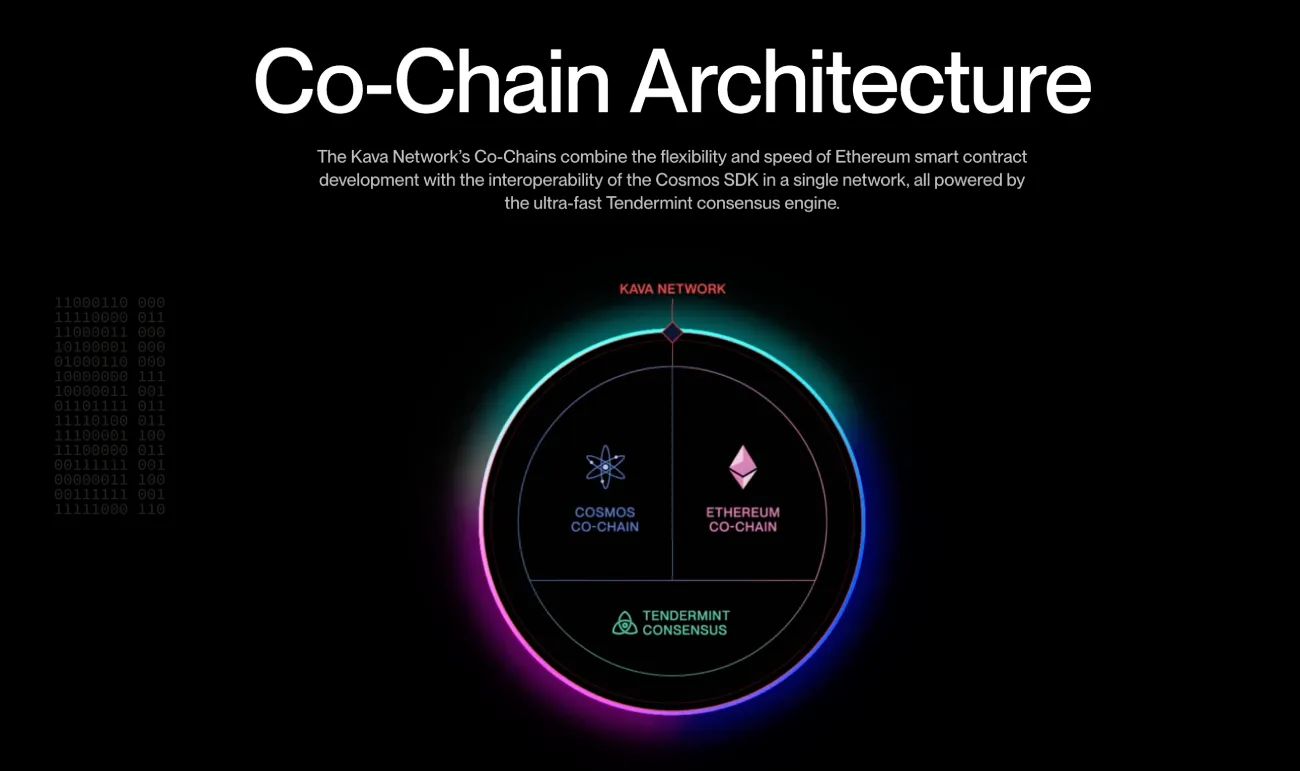
The Kava Network’s Co-Chains combine Ethereum smart contract development’s flexibility and speed with the Cosmos SDK’s interoperability in a single network. Kava has also access to Tendermint’s super-powerful and fast consensus engine.
Kava’s goal is to create the best network possible for Web3 developers. It will allow them to deploy easily, interoperable seamlessly, and offer amazing on-chain incentives. Kava aims to build a network with products as amazing as its members.
KavaDAO is a decentralized autonomous organisation (DAO) that governs Kava Network.
Kava Attributes
KAVA remains committed to providing the crypto community with a platform that is as robust as the projects. KAVA also continues to provide the key features listed below.
Flexible deployment Build and deploy on any of the world’s two most popular permissionless execution environments, the EVM-compatible Ethereum Co-Chain or the Cosmos Co-Chain. You have the option to choose.
On-Chain Incentives: A groundbreaking, decentralized on-chain incentive scheme will ensure that the best developers and projects in every Web3 sector, including DeFi, GameFi, and NFTs, are rewarded.
Seamless Interoperability: Deploy Solidity smart contracts on the same network that seamlessly interoperates with Cosmos SDK protocols, connecting your project to every important asset and millions of users.
Kava Lend
Kava Lend, a Kava-based decentralized money market, is called Kava Lend. It allows you to lend and borrow cross-chain assets, including BTC, BNB, XRP, and Binance USD (BUSD), as well as Kava’s USDX, KAVA, HARD, and SWP.
The HARD token is Kava Lend’s native governance token. The HARD tokens can be used as rewards or protected by smart contracts. Higher returns can be achieved by investing in HARD tokens over time.
Kava Swap
Kava Swap, another important component of Kava’s project, is also a key part. Kava Swap makes full use of Kava infrastructure, cross chain bridges and security. Kava Swap aims to facilitate quick, easy, and inexpensive asset swapping, without the need for users to leave Kava ecosystem.
Here are Kava Swap’s two main functions:
- Swap assets You can trade offered cross-chain assets.
- Liquidity: Kava Swap, like all AMMs, requires liquidity suppliers.
All applications on the Kava platform interoperate with each other. A CDP can be built to make USDX. You will then earn HARD on Kava Lend and can use the USDX to buy other assets from the Kava Swap.
Kava Swap represented a huge step forward in that it removed the requirement for users to exit the ecosystem to properly manage borrowing and minting.
Kava Founders
Brian Kerr, Ruaridh O’Donnell, and Scott Stuart founded Kava Labs, Inc., the parent corporation of Kava.
Brian Kerr is the platform’s current CEO and has previously served as an advisor for various blockchains and crypto platforms, including Snowball and DMarket. Kerr comes from a successful and diverse background with a master’s degree in business administration.
Ruaridh O’Donnell has an MSc degree in Physics. He worked previously as a Level Works engineer and data analyst.
Scott Stuart was a professional poker player and currently works at KavaLabs as a product manager.
Kava’s Uniqueness
Kava is different from similar decentralized lending platforms because it allows cross-chain assets.
Kava users will be able to deposit several native assets, including Bitcoin (BTC), Binance Coin (BNB), XRP, and Binance USD (BUSD), due to Cosmos’ zones technology. Cross-chain assets will be combined as Binance Chain assets (BEP2) for now.
Kava also allows its users to make USDX stablecoins. Once created, USDX tokens may be given to Kava’s money market, known as the HARD Protocol, where they will earn a variable APY while Kava will cover their collateral.
To receive KAVA rewards, Kava users have the option to set up their own staking notde. These benefits are only available to top 100 Kava nodes, also known as validaters. KAVA owners can stake their tokens in a variety of exchange platforms including Binance or Huobi Pool.
How is Kava Network secured?
Kava uses Cosmos to build it and a Tendermint-based Proof of-Stake (PoS), consensus system to protect network integrity.
Transaction confirmation can be done by a network consisting of validator nodes. Validator nodes are required to hold collateral in order to assume responsibility for validating transactions. Validators’ stakes will be penalized if they misbehave or fail to meet rigorous minimum requirements, incentivizing them to remain honest and efficient.
Multiple independent blockchain and crypto security organizations, including CertiK, B-Harvest, and Quantstamp, have audited Kava’s smart contracts, and no vulnerabilities have been identified.
Kava (KAVA) Tokenomics
Check the KAVA Price, 24-hour trading volume, market cap, circulating supply, total supply, max. Historical statistics and supply etc., on CoinStats, and get updates on KAVA price live data.
After multiple private sales, and an initial exchange offering by Binance Launchpad (IEO), the KAVA token became available for sale in 2019. 40% of the KAVA token stock was sold to investors in private sales, and 6.52% were sold via Binance Launchpad. This raised $3 million. 25 percent was given to Kava Labs shareholders. 28.48% went to Kava Treasure to help expand Kava’s ecosystem.
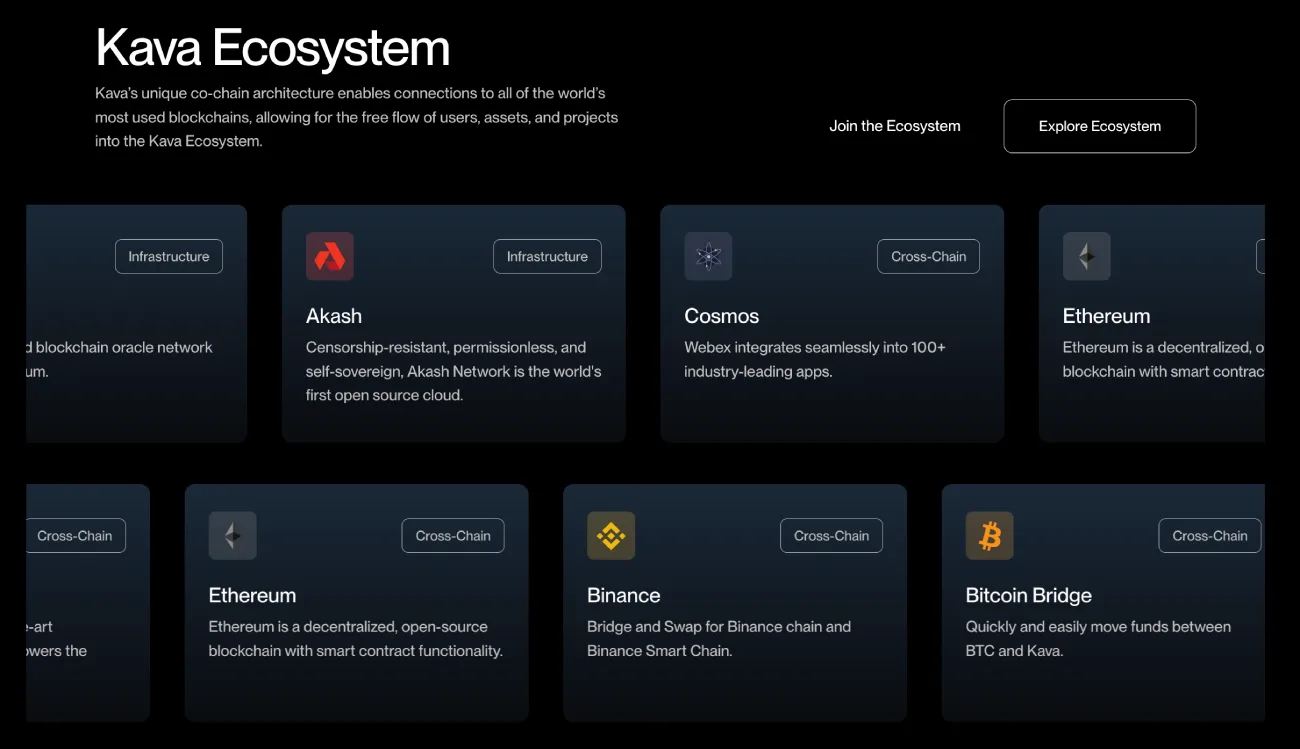
Now, let’s look into why, where, and how to buy Kava (KAVA)
Why buy KAVA
You can earn weekly incentives in the form of KAVA, Kava’s native cryptocurrency, by collateralizing cryptocurrencies and minting USDX.
BNB is a collateral that minters can use to get a part of the 74,000 KAVA that the platform releases each week.
Where to buy KAVA
Currently, KAVA tokens may be traded on more then a dozen platforms. There are multiple KAVA trading options, with the most well-known being KAVA/BTC or KAVA/USDT. Below are some of the best exchanges for buying KAVA.
1. eToro
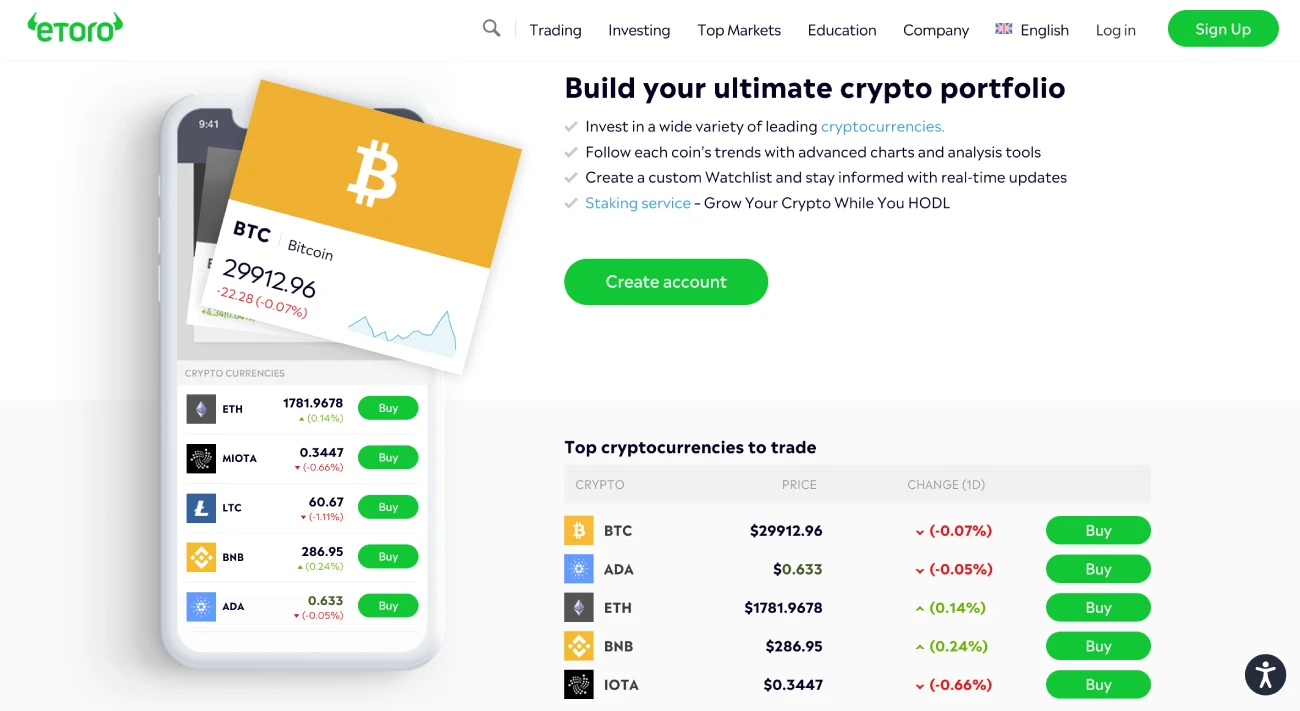
eToro is the best cryptocurrency trading platform to buy KAVA since it allows users to trade in stocks, ETFs, indices, commodities, and various other assets. This platform has a simple interface, is intuitive, and offers educational and social aspects.
You can start investing in many cryptocurrencies. There are currently more than 59 currencies available, with new ones being added all the time.
2. Capital.com
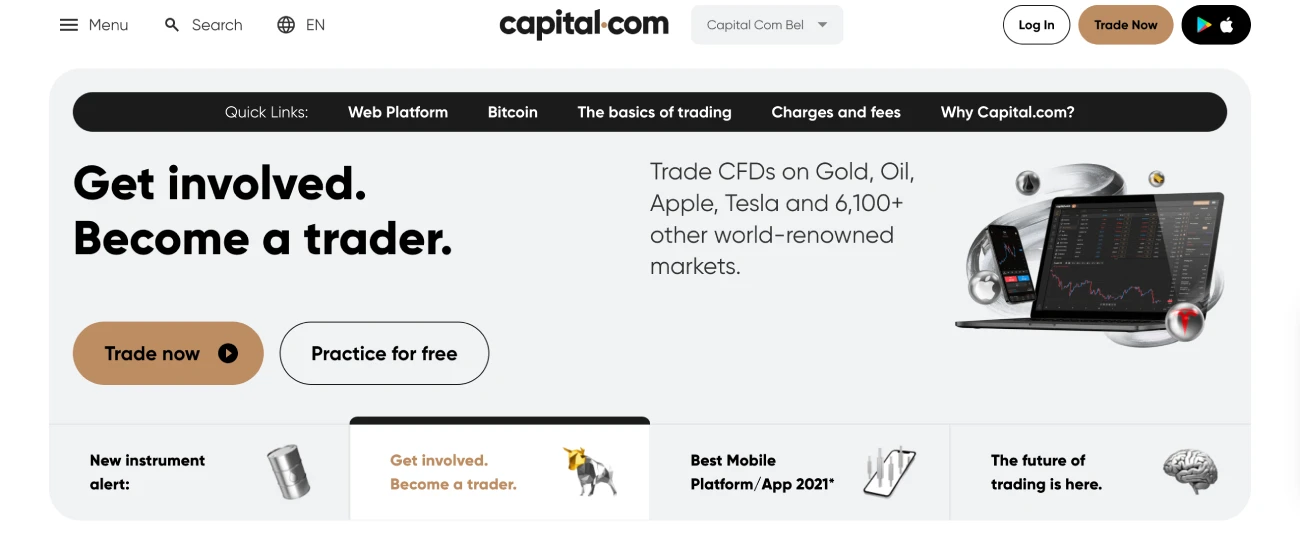
Capital.com is one of our top recommendations to buy KAVA due to its ease of use, security, and no-commission policy. Capital.com offers CFD trading and an all in one trading platform. It offers an “example account,” allowing you to trade in virtual equity without depositing a single penny. The demo account allows you to practice trading any cryptocurrency that is suitable for investing or other trading methods.
A $20 deposit is required to buy KAVA, or any other digital assets at Capital.com. The deposit can be made using various payment methods including credit cards, debit cards or bank transfers.
3. Binance
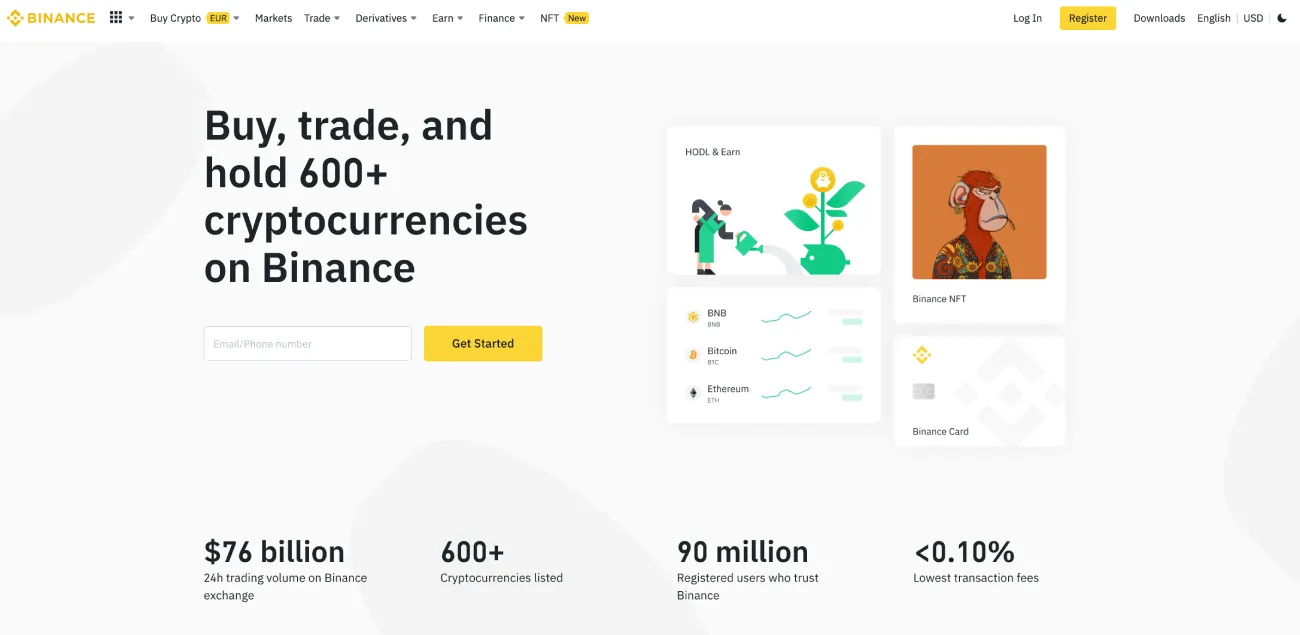
Binance is a trading platform for cryptocurrency with more than 500 cryptocurrencies. Members of the platform are also kept up to date with the most recent trends and new currencies. This platform is ideal for investors as well as traders who want to make huge profits.
When using your debit or credit card, you will need to deposit a minimum $20. Also, you’ll be required to pay a minimum of $10 for each trade.
4. Kraken
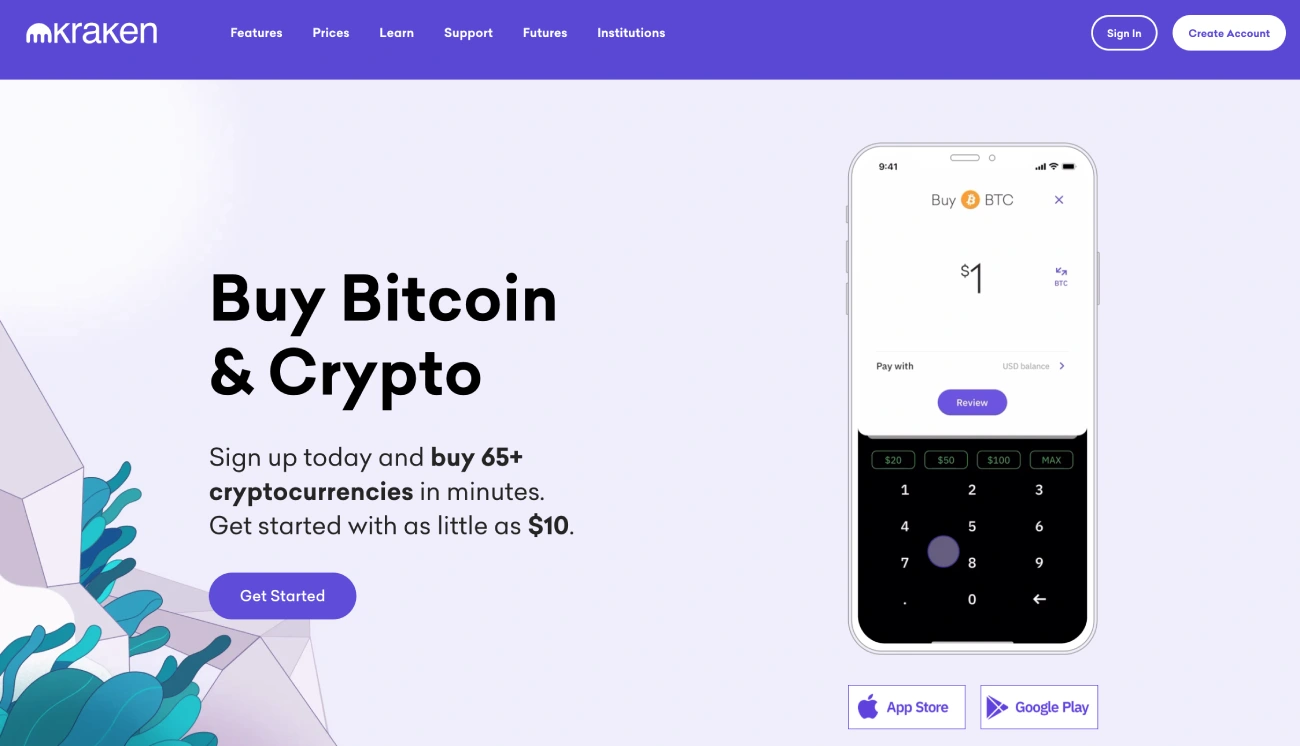
Kraken, which offers over 50 cryptocurrencies including KAVA, is one of the earliest cryptocurrency trading platforms. Since then, it has grown to be one of the most popular and largest exchanges in the world.
Kraken lets you invest in multiple cryptocurrencies, as well as crypto pairs. You can also make interest by staking. Kraken requires a minimum of $10 to open an account. Customer service is available 24 hours a day.
5. Crypto.com

Crypto.com has been in operation since 2013 and is currently one of the fastest and most secure exchanges. It has an excellent marketing and development team, which allows it to grow quickly. Crypto.com also offers its clients a variety of services beyond the ability to store and buy cryptos via an app or a DeFi wallet.
Trade KAVA or other cryptocurrencies on the platform with very low fees. Customers can buy KAVA starting at $1
Payment Methods
Scroll down for more information about how to purchase Kava in cryptocurrencies and fiat currencies.
Kava with Crypto
KAVA may be exchanged for Bitcoin or a stablecoin. Because this varies between exchanges, you’ll need to look for KAVA trading pairs on the spot market to see which cryptocurrencies it can be swapped for.
Fiat Kava
It is a great way to link your debit/credit card with your cryptocurrency account. However, it will incur an additional charge. It’s usually free to make a bank transfer from your local bank accounts, but you should still double-check with your exchange.
How to buy KAVA
Here are some easy steps for buying KAVA tokens
Step 1. Choose the most reliable exchange for purchasing KAVA
KAVA can be purchased on many crypto exchanges. You’ll need to compare them to choose one that supports KAVA and has the features you’re looking for, such as an easy-to-use platform, low transaction fees, 24-hour customer service, etc. When you invest with some crypto brokers, you won’t have to pay any commissions, which is a significant advantage over other options. Consider whether the crypto exchange will accept your preferred payment method, like a bank transfer, credit card or debit card.
Step 2: Create an account
Next, you will need to choose a trustworthy exchange to trade KAVA. The platform will have different requirements. Most transactions will require personal information such as your name, contact number, email address, home address, social security number, and a copy of your driver’s license, passport, or government-issued ID to comply with KYC (know your customer) standards and ensure the security of your account. To be authenticated, you must give this information in order to trade.
To provide extra security, after you have verified your ID, we suggest setting up 2FA to protect your account.
Step #3: Fund Your Account
Next, you need to fund your account. You can fund your account using fiat currencies like USD and EUR at a variety of exchanges.
Select the preferred option, including credit/debit card, bank transfer, ewallets and bank transfers. The location and your preference will dictate the type of payment you make to purchase KAVA tokens.
Most exchanges support Credit or Debit Card, Bank Account & Cryptocurrency.
Step #4: Order KAVA
Now you’re all set to buy your cryptocurrency. KAVA buying is very similar to other cryptocurrencies. It is also easy across different platforms. Use the search box, select Kava, and click on “Buy KAVA.”
The amount of KAVA you want to buy or how much fiat are available to use is what you need. Most exchanges will instantly convert the amount, so investors know how much they’ll pay and how many KAVA tokens they’ll get.
Before making a final decision to buy KAVA, it’s vital to double-check the data to ensure that there are no inaccuracies.
Step 5: Make a Wallet. Optional
Once you’ve completed your KAVA purchase, the next step is to select a crypto wallet to store KAVA securely. Although your tokens may be stored in your brokerage wallet, they are easily hacked. A private wallet should be created with your unique keys. You can choose between hardware or software wallets depending on how secure you prefer to invest.
CoinStats Wallet is one of the best software wallets for managing all of your DeFi and crypto in one place – a single crypto wallet for buying, selling, swapping, tracking, and earning on your crypto!
Because they offer secure offline storage as well as backup functionality, hardware wallets (also known as cold wallets) are among the most secure. This is a better choice for users who are experienced and have access to a wide range of tokens.
How do you sell KAVA
Follow the exact steps to cash your KAVA at the exchange where you purchased it.
1. Register to your exchange account if you already have KAVA.
You can compare cryptocurrency exchanges to find the best place to sell your Kava (KAVA).
2. Make a purchase order.
You can choose how much KAVA to sell.
3. Confirm your transaction.
Confirm the price and other fees to complete the sale.
Closing Thoughts
Kava offers easy and seamless lending for various cryptocurrencies. The simple collateralization scheme makes cross-chain lending and stakes easy for users. The users can get APY from their holdings, and profit when they stake loans.
You can also visit our CoinStats blog to learn more about wallets, cryptocurrency exchanges, portfolio trackers, tokens, etc., and explore our in-depth buying guides on how to buy various cryptocurrencies, such as How to Buy SushiSwap, What Is DeFi, How to Buy cryptocurrency, etc.
Information about Investments Information on this site is for informational purposes only. CoinStats does not endorse any recommendation to sell, buy or hold securities or financial products or instruments. This information does NOT constitute financial advice or investment advice.
Because cryptocurrency can fluctuate and be subject to secondary activities, it is important to do independent research, get advice and not invest more than you can afford. Trading stocks and CFDs can be risky. CFD trading can cause losses of between 74-89% in retail investor accounts. Before making an investment, you should carefully consider your situation and seek advice. You should also verify the nature of any product or service (including its legal status and relevant regulatory requirements) and consult the relevant regulators’ websites before making any decision.